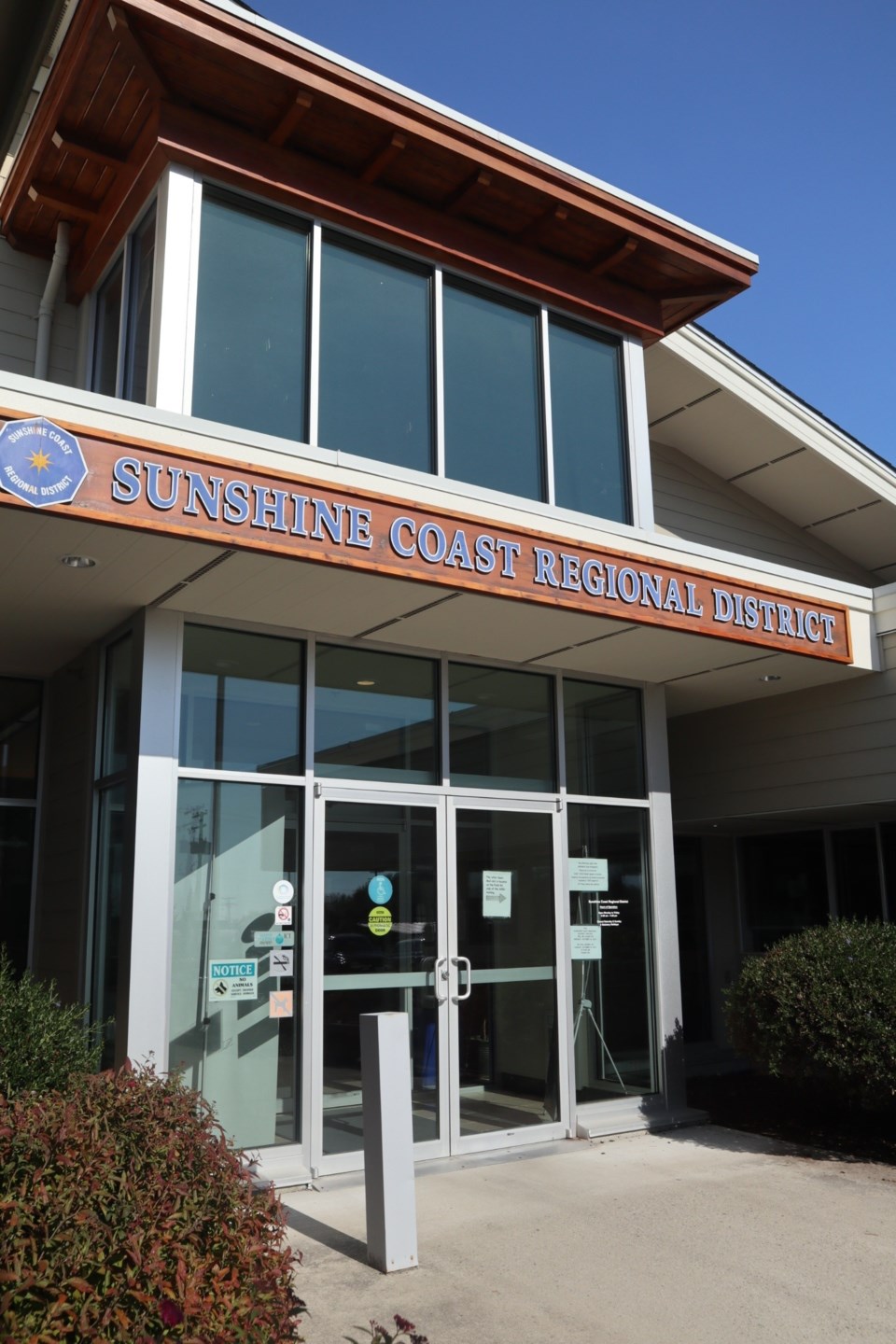Issues related to Sunshine Coast Regional District (SCRD) development approval processes and a recreational property in the Sakinaw Lake area were heard in the Court of Appeal of British Columbia May 2. The court allowed a part of the SCRD’s appeal of a BC Supreme Court judgment in favour of property owner Lorna Vanderhaeghe and an order compelling the owner to bring her home into compliance with its bylaws was allowed.
The dispute between the two parties dates back to permits issued in 2019. Those involved the demolition of a cottage and construction of a new larger structure with retaining walls that infringed on the 20-metre zoning setback from the natural boundary of the lake and the 30-metre Streamside Protection and Enhancement Area. As work at this site continued without variances that the SCRD claimed were required, stop work orders were issued in December 2019 and February 2020.
Unable to resolve the dispute with the local government to her satisfaction, Vanderhaeghe filed a petition for judicial review of the district’s decisions in July 2021. The SCRD filed a separate action seeking declarations and an order requiring Vanderhaeghe to bring the property into compliance with its bylaws.
The two petitions were heard together over seven days. On Dec 1, 2022, Supreme Court Justice Emily Burke ruled in favour of the property owner and required that the SCRD deal “appropriately” with the applications to permit the new construction within 60 days. The SCRD appealed that decision.
Written reasons for May 2 Court of Appeal decision from the Hon. Madam Justice Lauri Ann Fenlon, formed in concurrence with Hon. Justices Gregory Fitch and Joyce DeWitt-Van Oosten, outlined that Vanderhaeghe is to bring the more recently constructed building into compliance with the permit drawings approved by the SCRD within 16 months. Should she apply for an amendment or variance to the site’s development or building permits for that structure, those are to be assessed against the approved permit, not the parameters of the cottage that formerly occupied the property.
Fenlon wrote that the SCRD “erroneously treated the cottage as a non-conforming structure and thereby mistakenly focused on its [setback] equivalence with the old cottage’s volume and mass. But it was not unreasonable for the District to require the respondent to obtain a variance to address development within the setback that differed substantially from the approved plans. It was unreasonable for the District to require her to apply for new permits; any changes should be considered as amendments to the existing permits. It was reasonable for the Board to deny the DVP [development variance permit] and it did not breach its duty of procedural fairness. “
Her reasons for decision also stated, “In light of their divided success, the parties should each bear their own costs of the appeal.”



